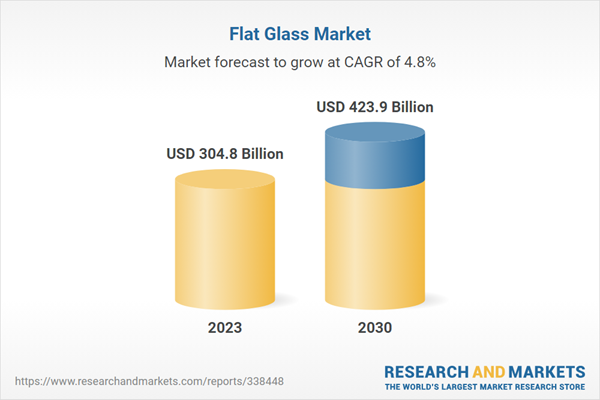

The Significance of Infrared Reflecting Glass in Modern Applications
Infrared reflecting glass, often referred to as IR reflecting glass, is an innovative material that has garnered significant attention in various industries due to its ability to control solar heat gain while allowing visible light to pass through. This unique feature makes it a preferred choice in architecture, automotive applications, and even consumer electronics. In this article, we will explore the properties, benefits, and applications of infrared reflecting glass, highlighting its critical role in improving energy efficiency and enhancing comfort.
Understanding Infrared Reflecting Glass
Infrared reflecting glass is designed with a coating that reflects infrared radiation, which is responsible for the transfer of heat. While regular glass allows a majority of the solar spectrum, including infrared radiation, to pass through, IR reflecting glass selectively blocks this heat while permitting visible light. This selective permeability helps in regulating the temperature within buildings and vehicles, leading to significant energy savings.
The coating on infrared reflecting glass typically consists of multiple layers of metallic oxides. This multilayered design not only enhances its reflective properties but also provides durability and aesthetic appeal. Manufacturers can customize the glass based on specific needs, resulting in variations that cater to different environmental and architectural factors.
Energy Efficiency and Environmental Impact
One of the most compelling benefits of infrared reflecting glass is its contribution to energy efficiency. In commercial and residential buildings, for example, the use of this glass can significantly reduce reliance on air conditioning systems by minimizing heat gain. As a result, building owners can enjoy lower energy bills and a reduced carbon footprint. The ability to maintain comfortable indoor temperatures without excessive reliance on mechanical cooling systems makes IR reflecting glass a sustainable choice for environmentally conscious consumers and businesses alike.

Moreover, the energy savings provided by infrared reflecting glass have a ripple effect. By reducing the demand for energy in buildings, the overall burden on power plants is alleviated, which can lead to less pollution and a decrease in greenhouse gas emissions. This aligns with global efforts to combat climate change and encourages the adoption of green building practices.
Applications Across Industries
Infrared reflecting glass has found applications in various fields, showcasing its versatility. In architecture, it is commonly used in windows and facades, where it enhances the aesthetic appeal of a building while improving energy performance. Large glass surfaces in skyscrapers can be treated with IR reflecting coatings to ensure that indoor spaces remain comfortable without the need for constant climate control.
In the automotive industry, manufacturers use infrared reflecting glass in windshields and side windows to improve passenger comfort and reduce the need for air conditioning. This is particularly beneficial in regions with high temperatures, where vehicles can heat up quickly. By keeping the interior cooler, OEMs can also help prolong the life of vehicle components and enhance overall energy efficiency.
Additionally, infrared reflecting technology is making its way into consumer electronics, such as televisions and computer screens. These devices benefit from improved display quality, as the reflective coatings can minimize glare from sunlight while enhancing color contrast. As the demand for energy-efficient electronics grows, the integration of IR reflecting glass is likely to become more prevalent.
Conclusion
Infrared reflecting glass is a remarkable innovation that has transformed how we approach energy efficiency in various sectors. Its ability to reflect unwanted heat while allowing visible light to penetrate makes it an ideal choice for modern architecture and design. As industries continue to prioritize sustainability, the use of infrared reflecting glass will likely expand, driving future advancements in energy-efficient technologies. By harnessing the benefits of this unique glass, we can create environments that are not only comfortable but also kinder to our planet.